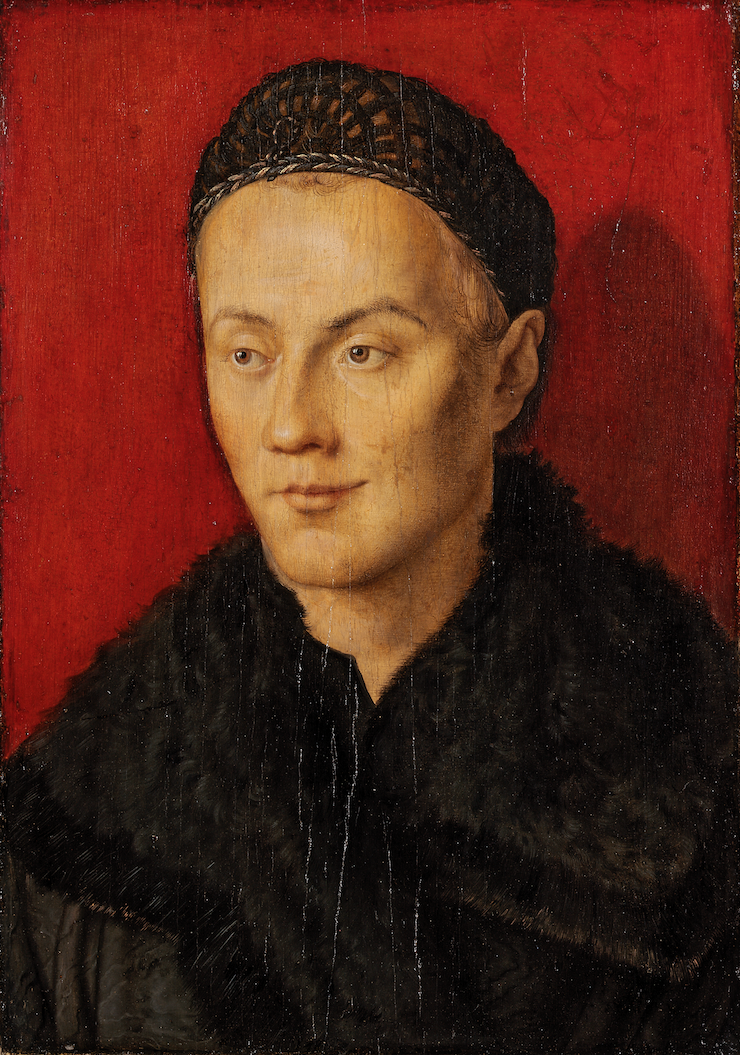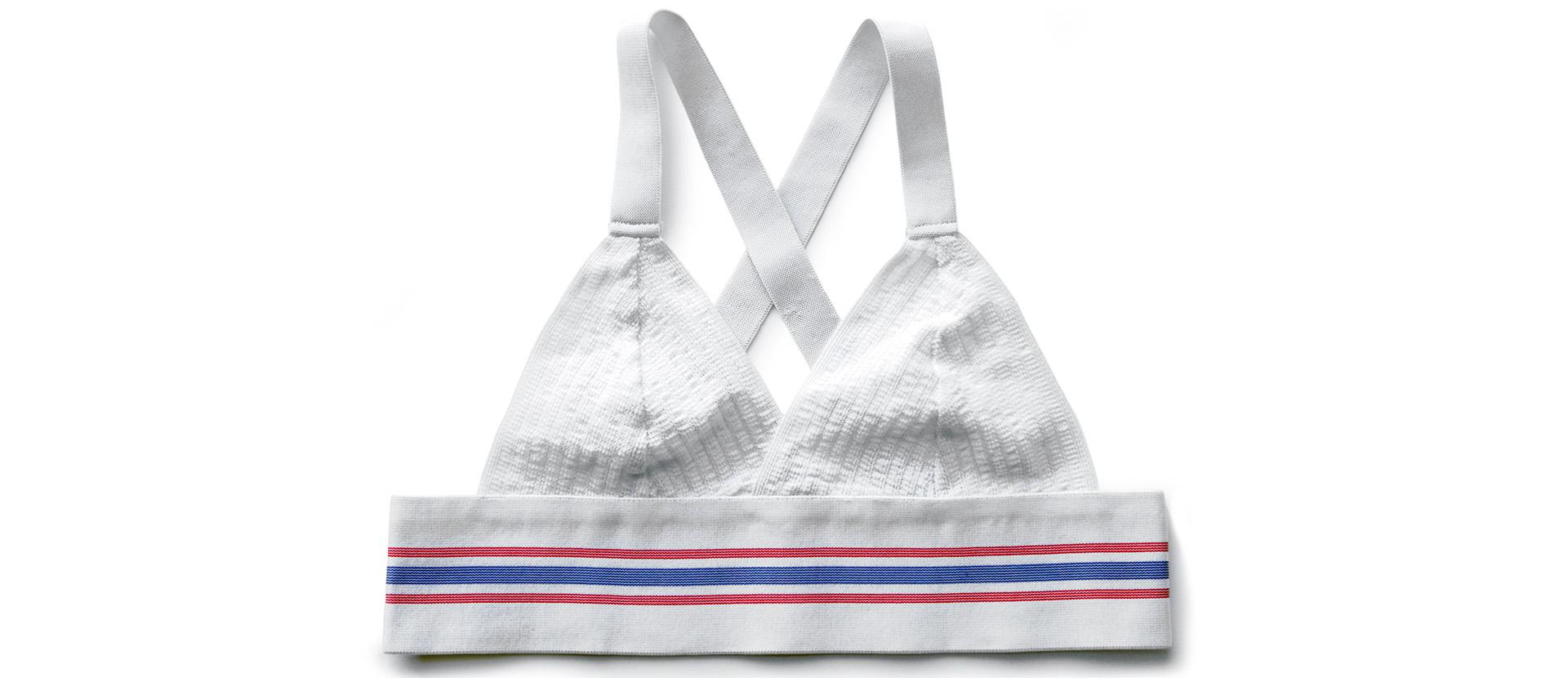<body><p>Array</p></body>
The Hapsburgs of Austria dominated the entire period. Their territories and influence continued to expand even beyond the borders of the German empire, from Spain all the way to Hungary. It was from this family that an unbroken line of emperors ruled through the 16th century. This period also saw Charles V come to power, a tour de force and great rival of Francis I. He made valiant but unsuccessful efforts to prevent the Reformation that spread across the Empire and found many supporters, starting with the Elector of Saxony, Frederick the Wise, protector of Luther and Cranach in Wittenberg.
In the lands situated between the Rhine and the Danube, an original Renaissance emerged, one that broke free of Italian models to explore the new path laid by Dürer. Artists such as Cranach and Altdorfer examined the human form and nature with the same precision applied to faces and the surface of objects. In their works which history has united under the name the "Danube School", the landscape, depicted in meticulous detail, teeming with life, expressive and almost romantic, found new importance. Humanism and the patronage of Princes fostered the explosion of centres of art and new art forms as brilliantly demonstrated in the late 16th century by the court of Emperor Rudolf II established in Prague in 1586.


